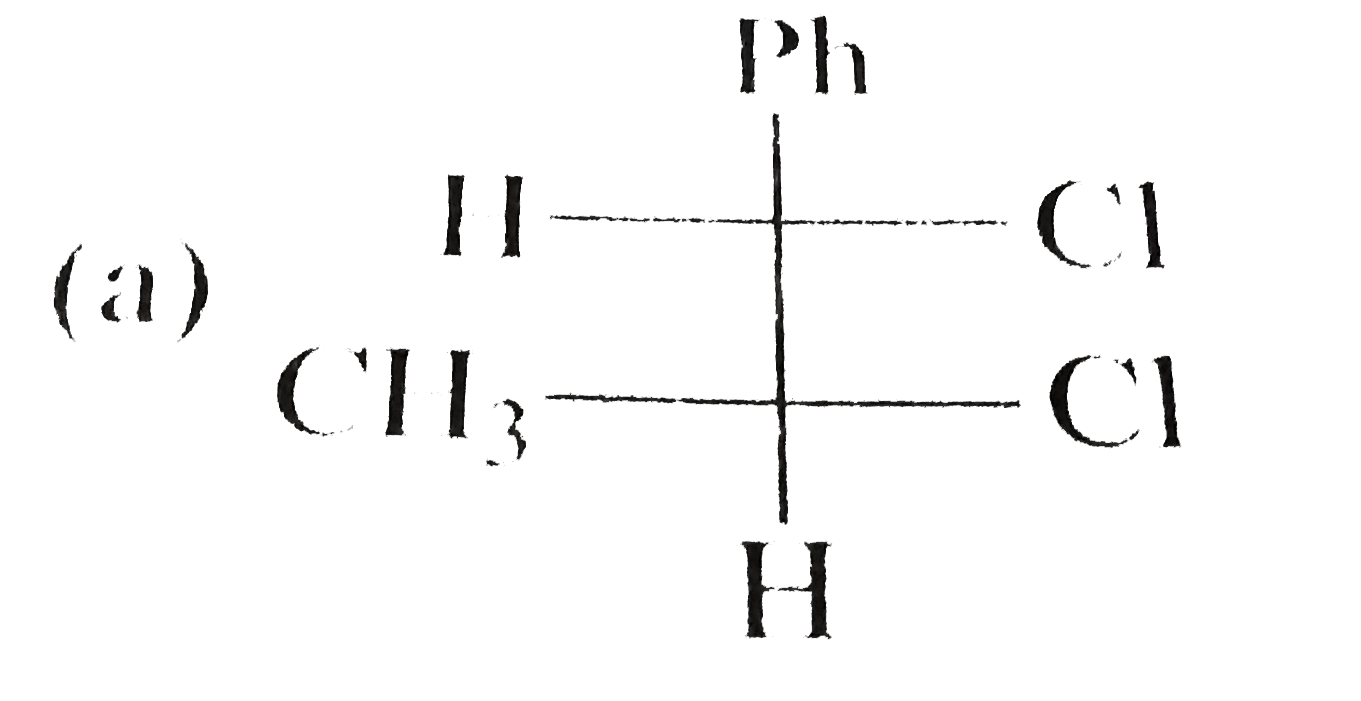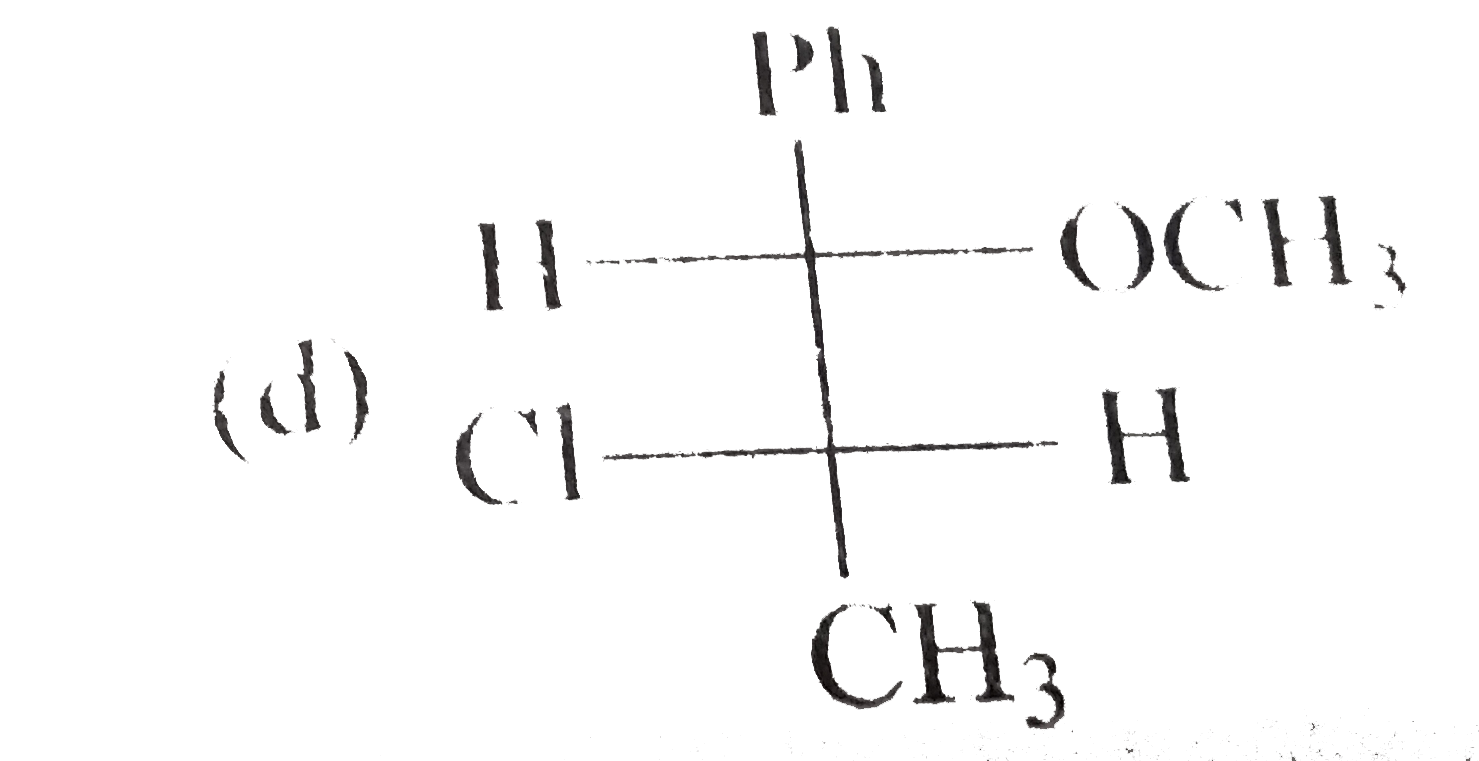Mechanism of acid catalysed hydration reaction involves
(i) Protonation of alkene to form carbocation by electrophilic attack of H3O+
(ii) Nucleophilic attack of water on carbocation.
(iii) Deprotonation to fonn alcohol.
(i) and (ii)
(i) and (iii)
(i), (ii) and (iii)
(ii) and (iiii)
The correct Answer is:C
The mechanism of the reaction involves the following three steps :
Step: 1 protonation of alkene to form carbocation by electrophilic attack of H3O+
H2O+H+→H3O+

Step 2: Nucleophilic attack of water on carbocation.

Step 3: Deprotonation to form an alcohol.

Related Playlists
Similar Practice Problems
- Question 1 - Select One
The mechanism of the reaction (acid catalysed hydration of alkene) involves the following three steps.
I. Nucleophilic attack of water on carbocatin.
II. Protonation of an alkene to form carbocation by the electrophilic attack of H3O+.
III. Deprotonation to form an alcohol.
Identify the sequence for the acid catalysed hydration of alkenes.AI, II and IIIBII , I and IIICIII, I and IIDIII, II and I - Question 1 - Select One
The mechanism of the reaction (acid catalysed hydration of alkene) involves the following three steps.
I. Nucleophilic attack of water on carbocatin.
II. Protonation of an alkene to form carbocation by the electrophilic attack of H3O+.
III. Deprotonation to form an alcohol.
Identify the sequence for the acid catalysed hydration of alkenes.AI, II and IIIBII, I and IIICII, I and IIDIII, II and I - Question 1 - Select One
The electrophilic substitutions reactions of benzene takes place via
(i) generation of electrophile
(ii) generation of nucleophile
(iii) formation of carbocation intermediate
(iv) removal of proton from the carbocation inter mediateAI, iii and ivBii, iii and ivCI and ivDii and iv - Question 1 - Select One
Which of the following is characteristic of a carbocation?
(i) It can rearrange to a more stable carbocation
(ii)It can eliminate a hydride ion to form an alkene.
(iii) It can add to an alkene to form a new carbocation.
(iv) It can abstract a hydride ion from an alkane.A(A) (i)B(B) (iii)C(C) (iv)D(D) (ii) - Question 1 - Select One
Addition of X2 on alkene is electrophilic additon reaction.Reaction proceed through the formation of 3- membered cyclic halonium ion. Nucleophile X− attacks from backside of cyclic halonium ion hence total reaction is anti addition reaction.If this reaction proceed polar solvent then solvent itself acts as nucleophile.

 A
A B
B C
C D
D
Similar Questions
Explain the mechanism of the following reactions :
Acid catalysed dehydration of an alcohol forming an alkene.View SolutionPreparation of alcohols from alkenes involves the electrophilic attack on alkene carbon atom. Explain its mechanism.
View SolutionPreparation of alcohols from alkenes involves the electrophilic attack on alkene carbon atom. Explain its mechanism.
View SolutionA : Addition of HCN in alkene is a type of electrophilic substitution reaction.
R : In first step, H3O+ attacks on double bondView SolutionExplain the mechanism of the following reactions :
(i) Addition of Grignard reagent to a carbonyl compound forming an adduct followed by hydrolysis.
(ii) Acid catalysed dehydration of alcohol forming an alkene.
(iii) Acid catalysed hydration of an alkene forming an alcohol.View Solution

